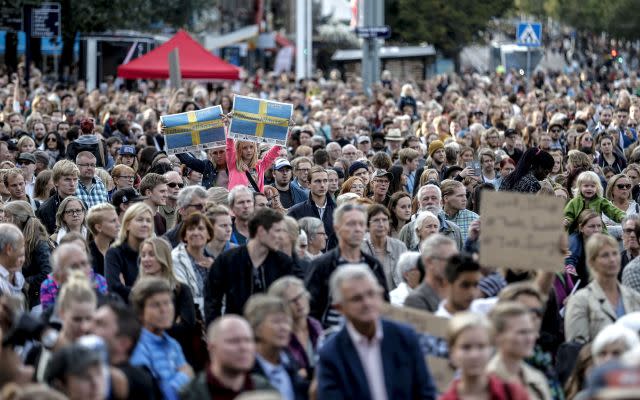How immigration will change Sweden profoundly


In relation to its size, Sweden has long accepted more refugees than any other European country. So when over a million migrants came to Europe last year, with even more on their way this year, a large share sought asylum in Sweden.
Attracted by Stockholm’s generous immigration policies, more than 160,000 migrants applied for refugee status in Sweden in 2015, a per-capita rate more than six times the EU average. The sheer scale of this influx is set to change Sweden in profound ways.
This week, the Swedish government doubled its budget for integrating the new arrivals, especially when it comes to training and finding them jobs. This is increasingly stoking tensions with the locals, pushing officials to rethink some aspects of their open-door policy.
Still, the unprecedented influx of migrants in recent years is already set to rewrite Sweden’s demographic destiny. A new forecast by the country’s statistics agency projects population growth in the next few years that will be the fastest recorded since “a few individual years during the 19th century.”
Earlier forecasts did not foresee such a sudden rise in immigration, which will put Sweden’s population on a faster long-term growth path, given the relative youth and higher fertility rate of many of the new arrivals.

Sweden’s population is now expected to top 10 million next year, with another million added less than a decade later. Compared with forecasts made in 2008, Sweden will be a fifth bigger in 2050 than previously expected—a difference that’s roughly equivalent to current population of Stockholm, Gothenburg, and Malmö combined.
Read this next: “Sweden must change quickly”: Spotify threatens to leave the country

Sign up for the Quartz Daily Brief, our free daily newsletter with the world’s most important and interesting news.
More stories from Quartz:

